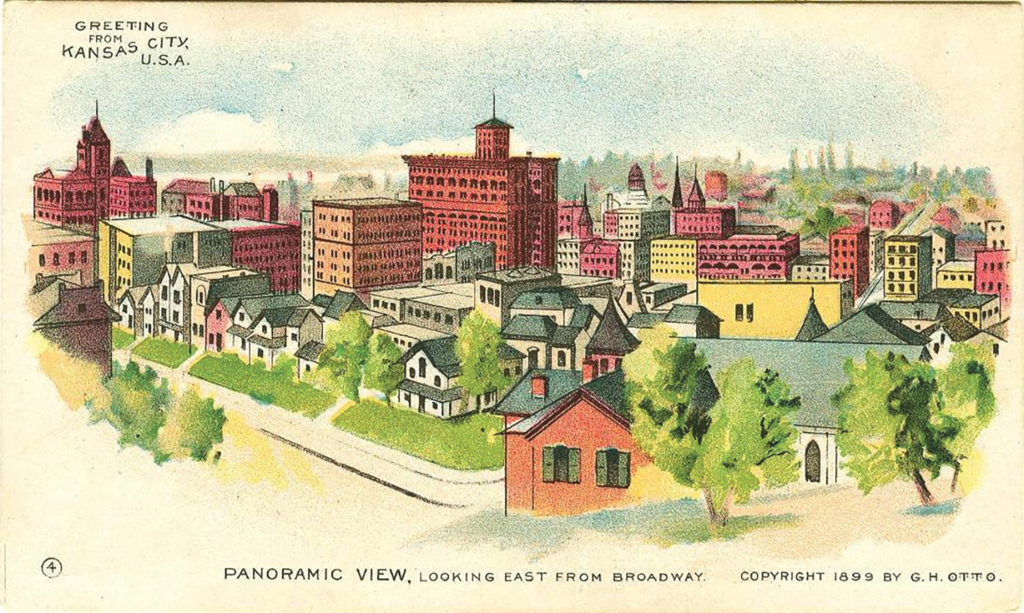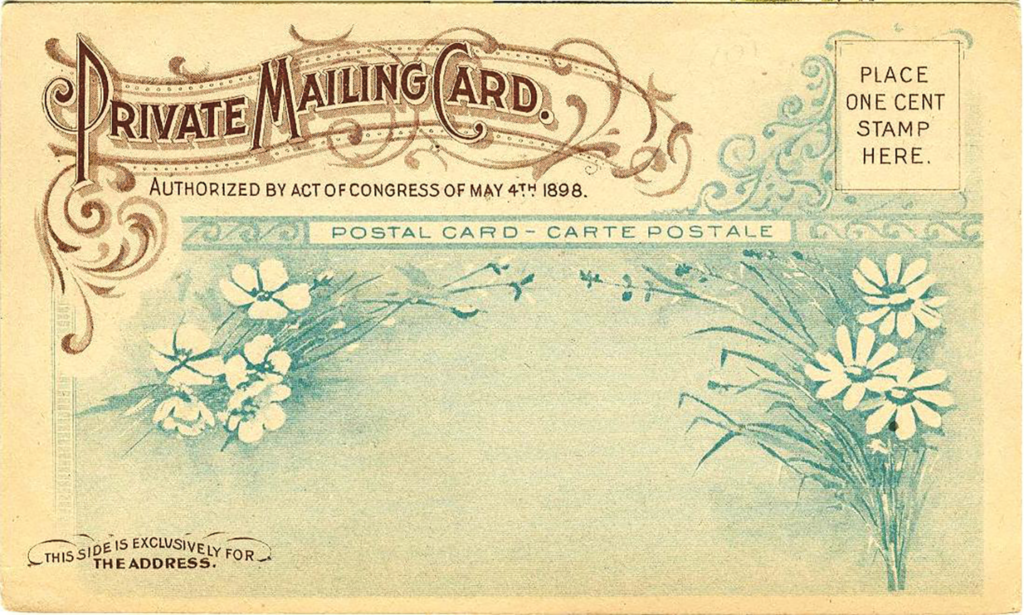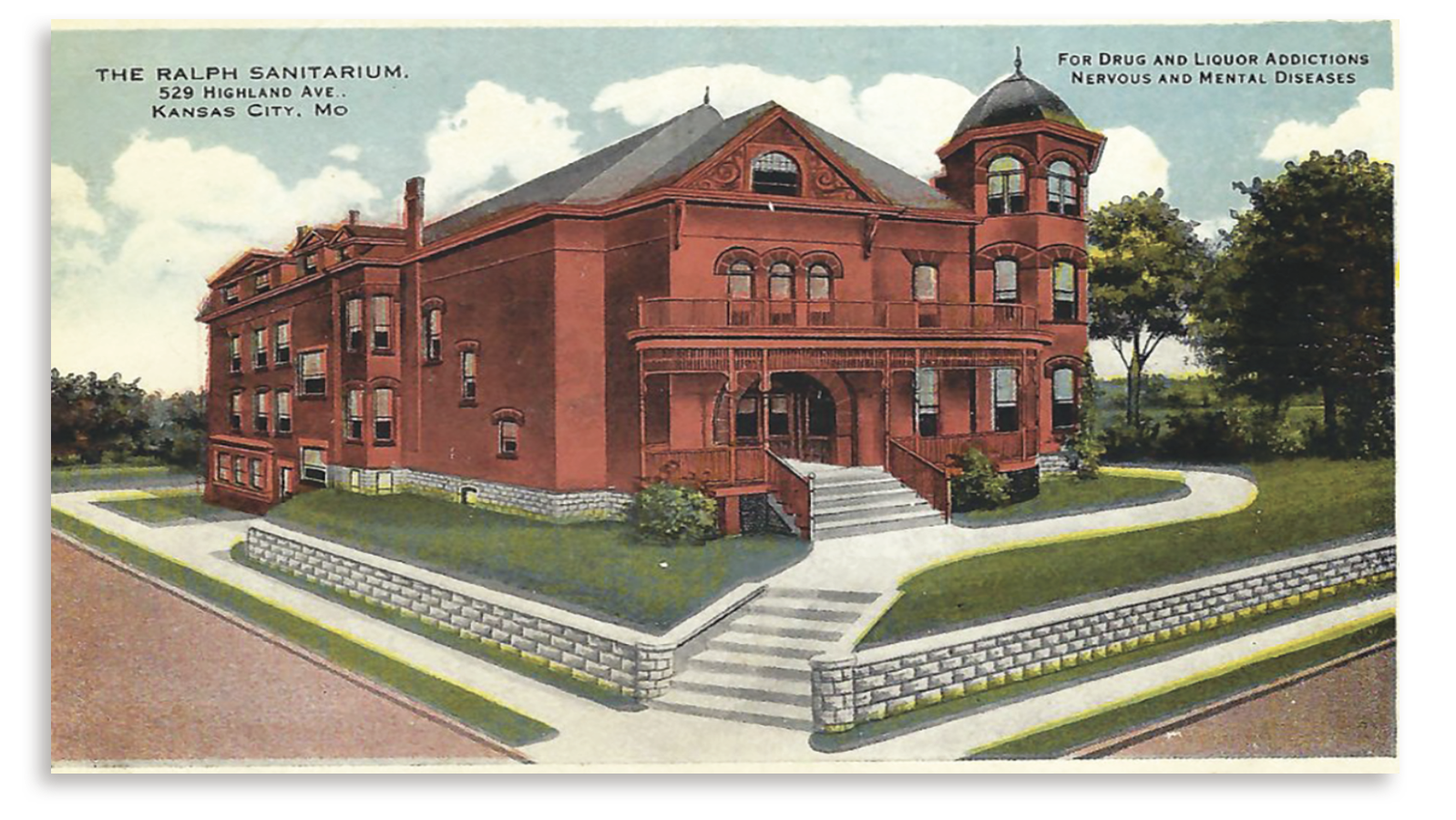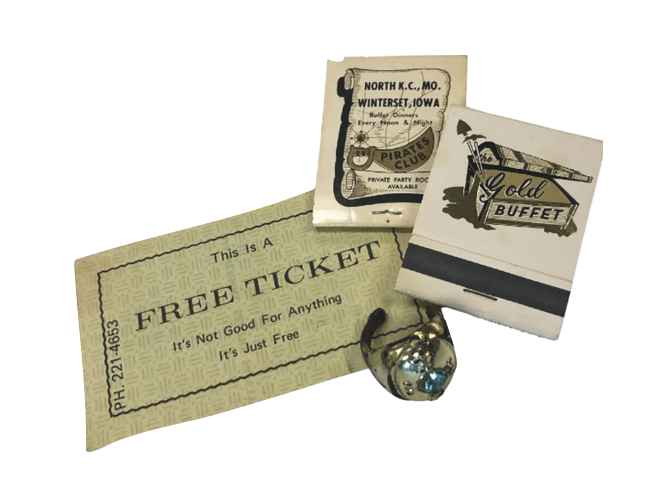
By Michael Bushnell
As a public communication medium, postcards made their debut at the Columbian Exposition in Chicago, Ill., in 1893. Illustrations of the exhibits were printed on government issued postal cards and privately issued souvenir cards and sold at the exposition. The writing of personal messages on the address side of the card was strictly prohibited at the time. These cards, which measured roughly 6 in. by 4 in., required a two cent stamp in order to be mailed. In 1898, Congress passed an act authorizing the use of Private Mailing Cards that required a one cent stamp to mail.
G.H. Otto’s Private Mailing Cards were labeled “Greetings From Kansas City, U.S.A.” and were part of a series of cards produced before the turn of the 20th century. Printed in a series that included views from all over Kansas City in 1898, the cards were artists’ sketches lithographed in black and white, then filled in with colors – red for the many brick buildings, green for grass and trees, and a bit of blue for sky.
Shown in the center of card number four, published in 1899, entitled Looking East From Broadway, are two buildings still standing on Ninth Street, the New York Life Building (center) at Ninth and Baltimore and the New England Building (left) at Ninth and Wyandotte. To the right of the New York Life building, the dome of the old Federal building can be seen at Eighth and Grand Avenue.

On the back of the postcard, designated for “address exclusively” is this information: “Private Mailing Card. Authorized by Act of Congress, May 4th, 1898.” The act became effective on July 1, 1898. It stipulated that private mailing cards would have to approximate one cent government issued cards in size, quality and weight.
Research has given us little information on the copyrighter, G.H. Otto. Was he the artist, publisher or merchandiser? His name does not appear in these categories in the old city directories. The 1898 directory does list a Gustav H. Otto as a clerk at the First National Bank, with a residence of 408 Aldine Place.
The First National Bank’s location at this time was north of the junction at 726 Main, with E.F. Swinney president, F.F. Richards vice president and H.T. Abernathy cashier. From then on, Otto changed jobs several times. In 1900 he was listed as a bookkeeper for Ladd-Penny-Swayze Livestock Commission Co. and in 1901 as bookkeeper for the Charles Knapp Hardware Company.
Sanborn maps of the day show Aldine Place as a half block east-west street between 12th and 13th beginning at Washington and running east toward Broadway, ending roughly mid-block. Otto’s address, 408, was one of seven row-houses that faced south along Aldine Place. The block shown on the map is now occupied by surface parking on the southwest corner of 12th & Broadway.
Sanborn map courtesy of University of Missouri–Columbia. Libraries. Sanborn Fire Insurance Map Collection.


















